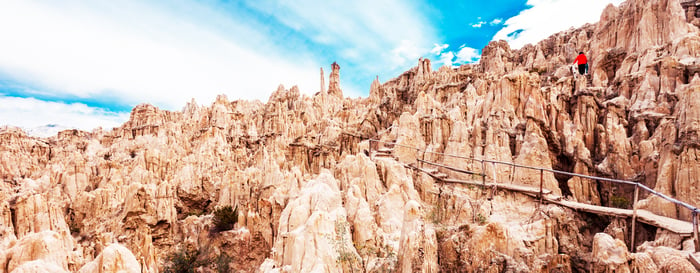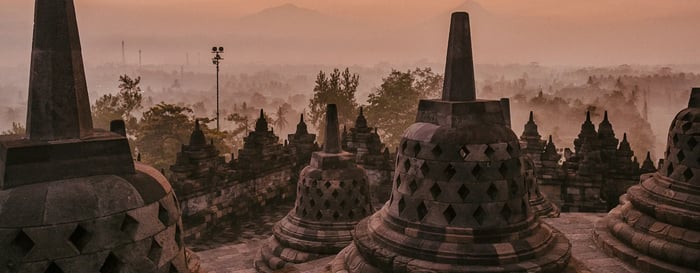“Did you go for coffee?” our guide calls out as four Americans come hurtling along to join us.
“No, brandy”, they reply in unison.
It is 10.35am, and it turns out we have a claustrophobic visitor on our underground tour of Rome. Off to a flying start. The Americans are barely standing after their brandy. Rome is doing so after 2,000 plus years. It is truly astounding.
“In America you bulldoze something down after 30 years,” says Philip Ditchfield, a British archaeologist who has called Rome home for over two decades. “This city is like no other city in the world. The past is forever present.”
Much of the time you are exploring Rome’s ancient mass, from St Peter’s to the Circus Maximus and the Colosseum, you are in fact trampling over a second skin to the city and one of the most interesting museums around.
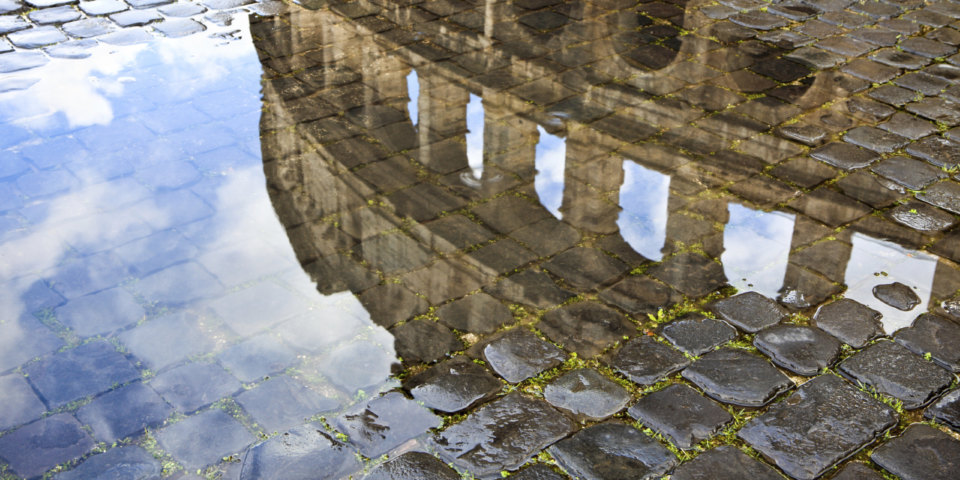 Buried beneath the centro storico (historic centre) is probably the largest archaeological museum in the world, dating as far back as 2,800 years and unfurling over hundreds of kilometres of ancient deposits from tombs and temples to forums, baths and palaces.
Buried beneath the centro storico (historic centre) is probably the largest archaeological museum in the world, dating as far back as 2,800 years and unfurling over hundreds of kilometres of ancient deposits from tombs and temples to forums, baths and palaces.
Philip Ditchfield calls it “An enormous elephant’s graveyard of historical monuments. These monuments are still standing, two thousand years later.”
The starting point for our ‘Hidden City’ tour is the 16th century Chiesa di San Lorenzo in Lucina, a grill-fronted church with a dove grey portico and classical cornice in a tiny piazza of the same name.
“This city is a bit deceiving because beneath these Renaissance facades there is a medieval house, and beneath that house there is a Roman house, then another… Roman architecture is like a flower in a garden, all weeded over … you just have to know where to look for it.”
With that, and the booming of San Lorenzo in Lucina’s bells, we head into the church and down into its subterranean vaults.

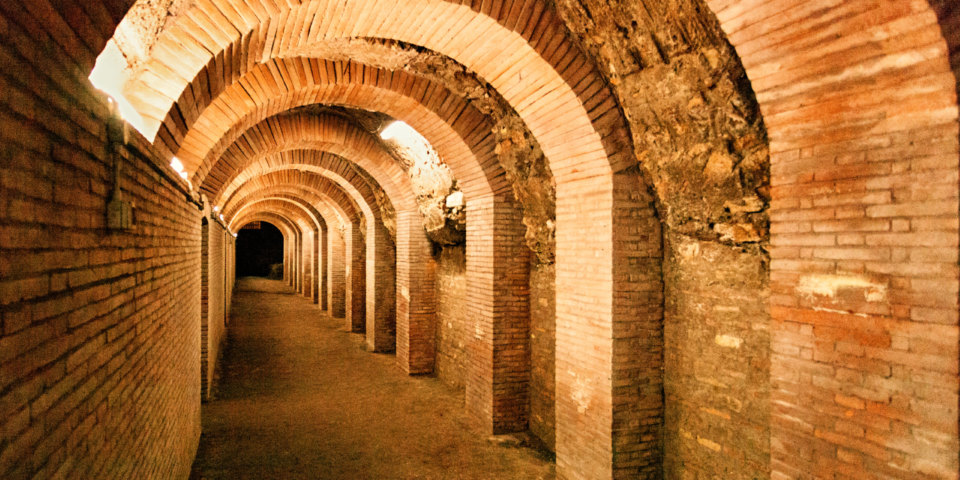 “Watch your head,” warns Philip introducing us to his pet word spolia – imperial Rome’s architectural spoils, which have been cyclically plundered and recycled over the centuries by thieves, Emperors, nobles and popes. “Everywhere it’s encrusted all over this city.”
“Watch your head,” warns Philip introducing us to his pet word spolia – imperial Rome’s architectural spoils, which have been cyclically plundered and recycled over the centuries by thieves, Emperors, nobles and popes. “Everywhere it’s encrusted all over this city.”
All these spoils are part of the priceless architectural jumble that is Rome. It looks like a French wedding cake – layer upon layer of archaeological strata, in place of choux pastry puffs.
Hidden in the church’s crypts are structural remains not only of a 3rd and later 12th-century churches, but also mosaic floors, courtyards, staircases and brick walls from a 1st century house, and an apartment block or insula dating to the days of Emperor Hadrian.
Scurrying about the tunnelled stone cellars with our emergency torches, we encounter a circular baptistery where early Christians possibly engaged in a ritualistic foot washing, and a stone tomb with a 1 AD epitaph dedicated to a freed slave.
One of the dwellings down here belonged to a Roman called Lucina who made her home available as a meeting place for Christians, long before Emperor Constantine gave them the green light for public worship, with his 312 edict of tolerance.
“I feel like I am talking about Robin Hood or King Arthur when discussing these Christian churches – their history is always legendary,” says Philip whose dazzling presentation matches his knowledge.
“There are 800 in Rome, and about 50 of them are over one and a half thousand years old, and were founded at the time when Christianity was a persecuted sect… To have been found out to be a Christian led to your execution.”

Which is precisely what happened to the person to whom the church is dedicated as well as his entire congregation – the deacon and martyr, St Laurence, who Emperor Valerian had barbecued alive on a gridiron.
“Part of that grill is inside this casket here, it’s the most important relic in this church,” whispers Philip, trying not to disturb the worshippers attending mass above through the floorboards.
Going underground adds extraordinary and at times unfathomable depth to Rome’s history.
We leave the subterranean world blinking at the outdoor light like water rats out from the sewers.
For someone who has spent such a long time in Rome, I can only compare the discovery of the Roman underworld to my first diving experiences, when a whole new world opened up before my eyes.
Yet I have only just scratched the surface. Many of the real spoils lie along tomb and aqueduct-littered Via Appia Antica, the ancient consular road heading southeast of the city from the Aurelian Walls.
“The roads were thick with tombs,” says Philip, “because by Roman law all the tombs had to be outside the city.
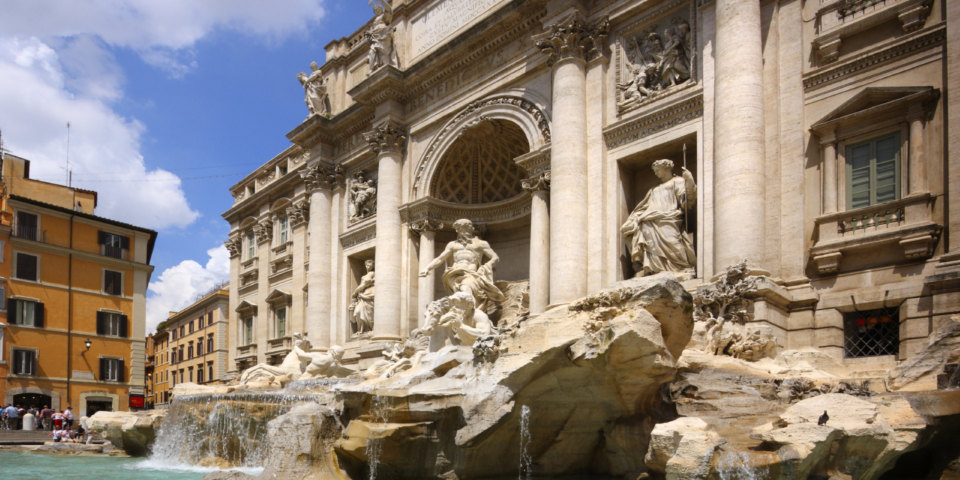 A few days later, I make my way to what is considered the best preserved, and thus most tour bus frequented of the catacombs, those of San Callisto and many of his saint, pontiff and church associates.
A few days later, I make my way to what is considered the best preserved, and thus most tour bus frequented of the catacombs, those of San Callisto and many of his saint, pontiff and church associates.
Along this super highway of Roman ruins the tombs are invariably inscribed with DM (Dis Manibus Sacrums) – “into the hands of the gods of the underworld” – indicating a pagan tomb, or DOM (Deo optimo maximo) – “to the God in the highest” – for Christian ones.
Christians were forced underground not only to bury the dead. In the late 2nd century, they congregated, feasted and slept in these catacombs – and painted and penned poems on marble slabs – and it was here that Sixtus was caught preaching before being martyred in San Callisto’s cemetery.
The catacombs developed after the crazed Emperor Nero first persecuted Christians – blaming them for causing the great fire of Rome in 64 AD – and then had St Peter crucified upside down at his Vatican Hill arena.
Showing great managerial flair, the Pope St Callixtus established Via Appia as the official church burial place before his death in 222 AD. Subsequently they became a massive burial ground for 16 popes, dozens of martyrs and thousands of Christians.

Honeycombed into the golden tufa, the subterranean cemetery extends for 19 kilometres over four-levels. Up to 20 metres below ground, the barely shoulder-width galleries are marked all the way along with rectangular niches, the loculi, in which tombs are tucked like loaves of bread in wood-fired ovens.
One of the priests who works here tells me that the most common disappointment among visitors is the lack of bones. Others find it macabre and fascinating enough without such ghoulish additions.
Bones are a plenty in the burial site beneath St Peter’s. Unearthed in 2006 during work on a car park, hundreds of tombs have so far been uncovered along with thousands of skeletons, statues, vases, terracotta urns and coins.
“Who were these people and why were they buried there, piled high in a series of secret chambers?” a Discovery Channel documentary ponders. “Was it a mass suicide, a terrible disaster, an epidemic, or mass murder?”
Rome’s an eternal mystery. And this it concluded was the city’s “ultimate cold-case”.
From Cultural Sri Lanka to Paradise in the Maldives
Sri Lanka's Hill Country Galle Fort Sri Lanka's Southern Beaches Maldives Indian Subcontinent
- Enjoy a scenic train ride between Colombo and the Central Highlands
- Learn the age-old tea-making process at Tea Trails plantation
- Go whale and dolphin watching from Mirissa in southern Sri Lanka
- Explore the underwater world of the Maldives
- Relax on the pristine beaches of the Maldives
Ultimate Indonesia
Bali Java Indonesia Asia Sumba
-
Explore Bali's cultural & spiritual heartland, Ubud
-
Cruise the Indonesian archipelago on a luxury yacht
-
Snorkel and scuba dive in Komodo
-
Experience the authentic side of Sumba Island
-
Be enchanted by the ancient temples of Borobudur
